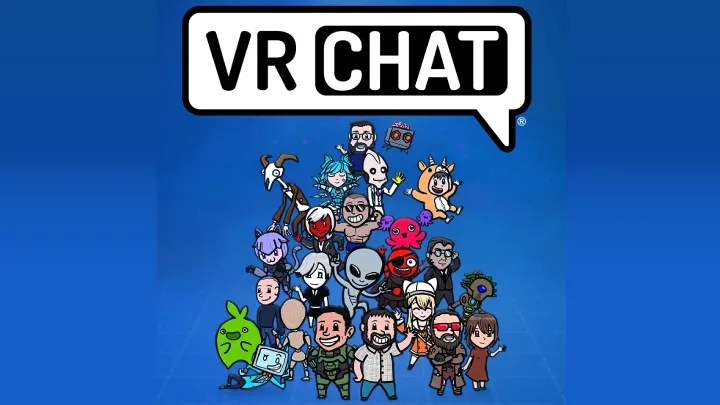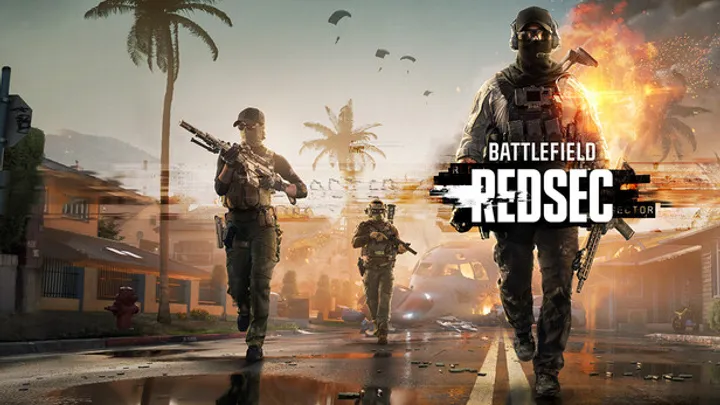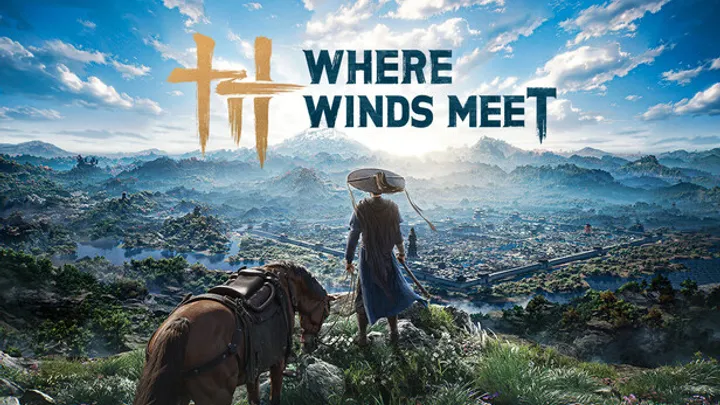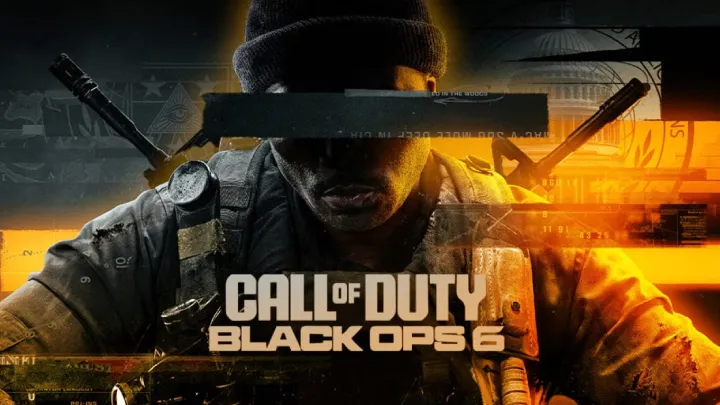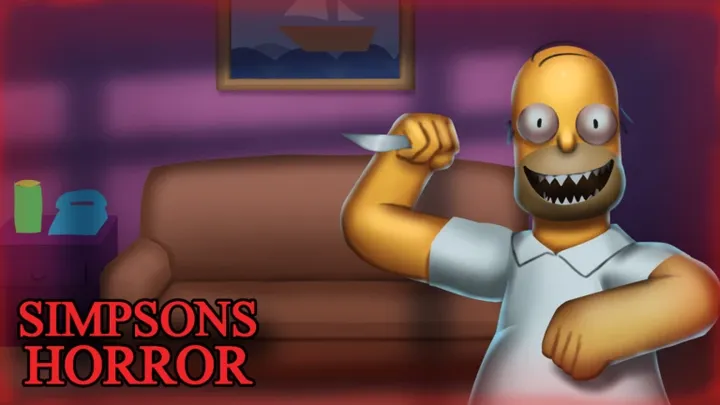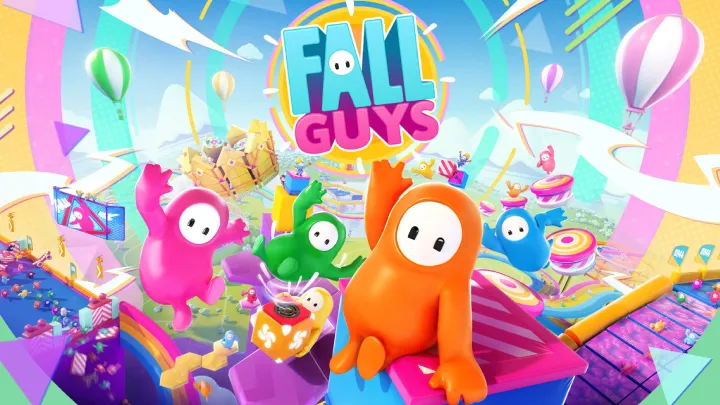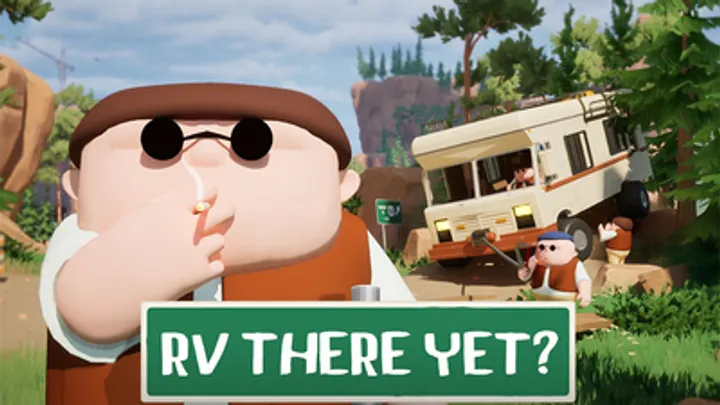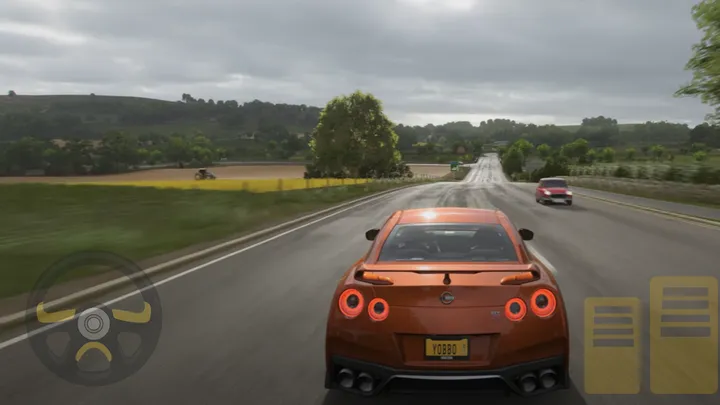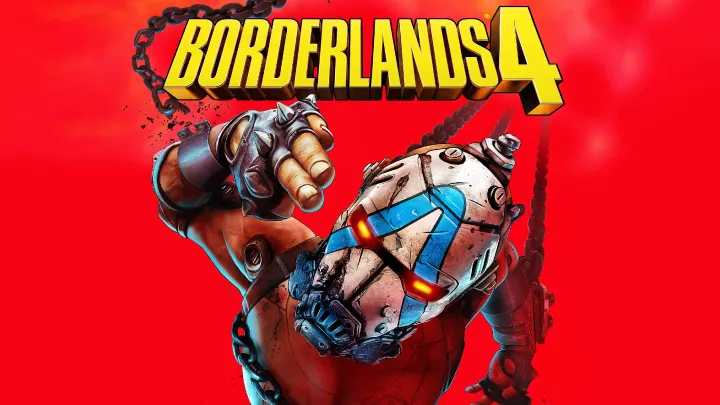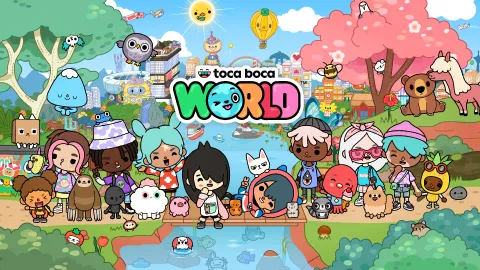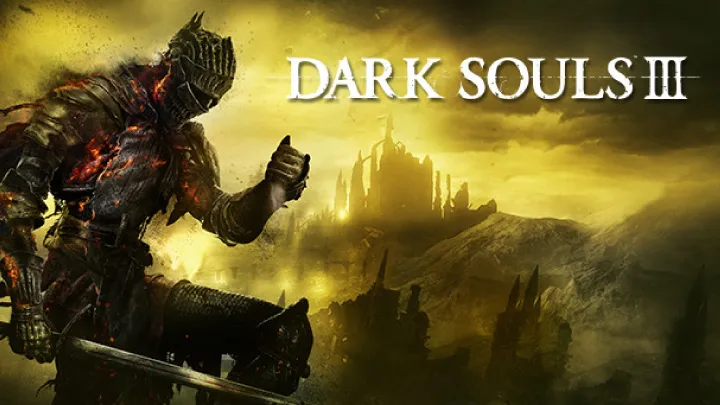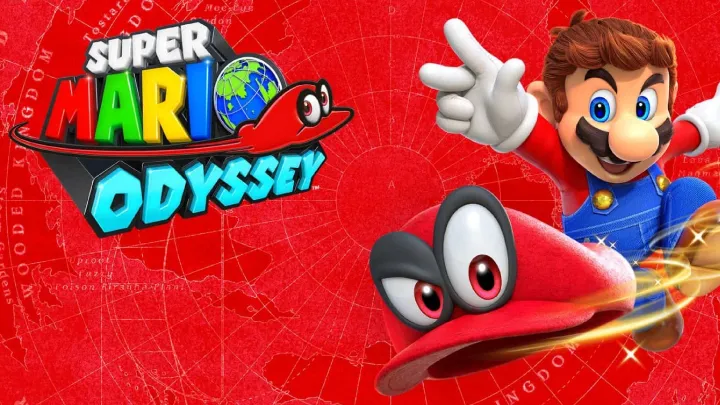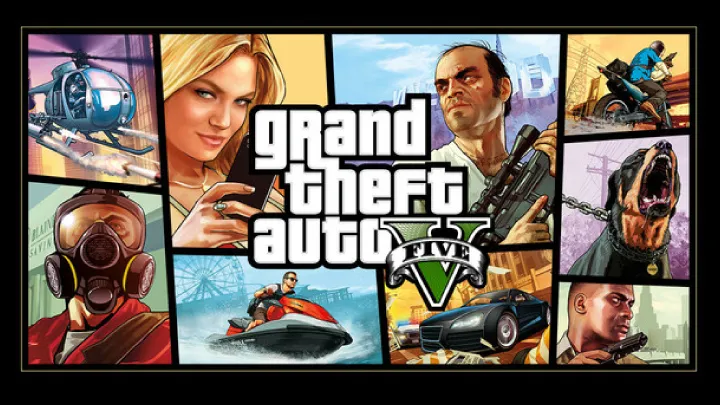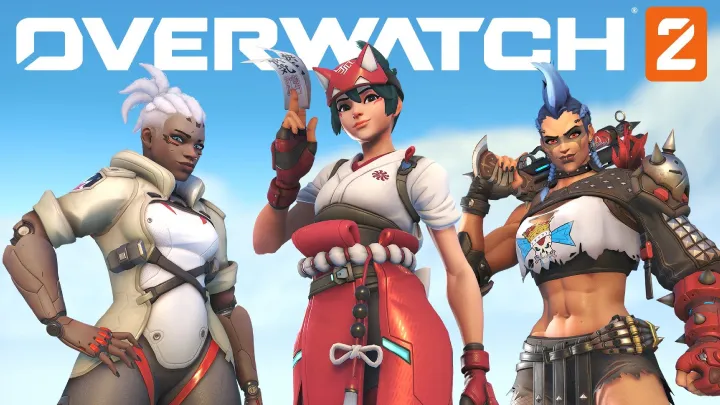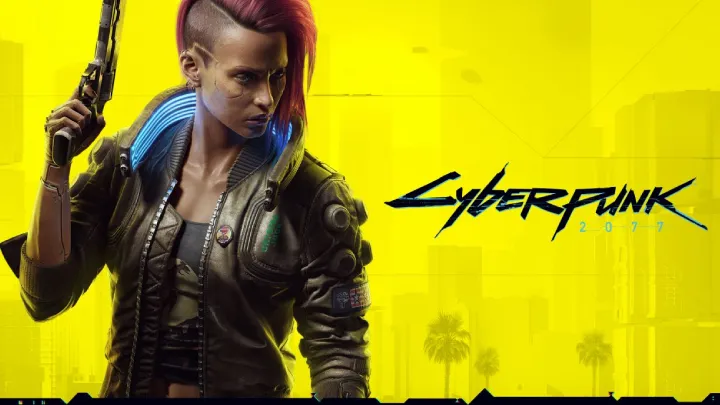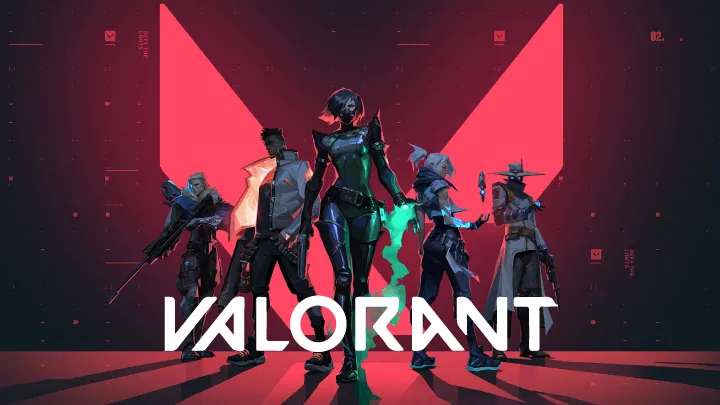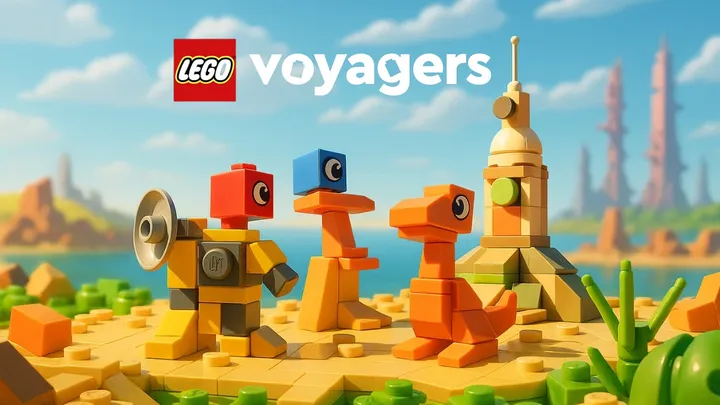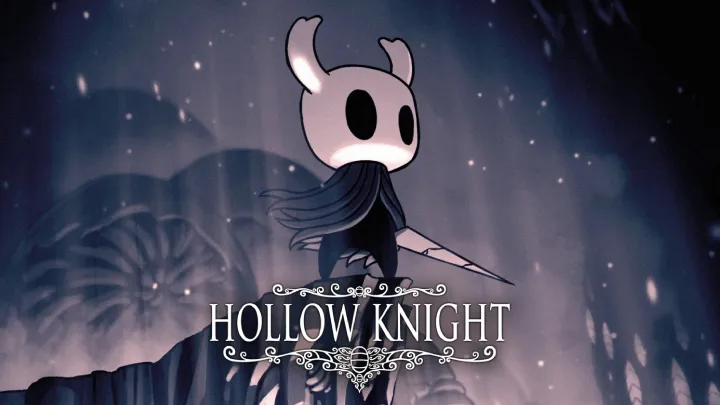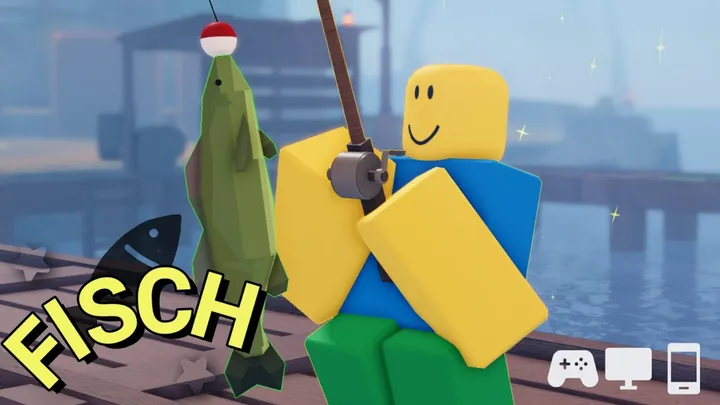Introduction
Few games blur the line between video game and social platform as dramatically as VRChat. Launched in early access in 2017, VRChat has grown from a niche experiment into one of the most recognizable virtual spaces on the internet. While not a “game” in the traditional sense, VRChat provides a sprawling sandbox where players can embody avatars, build custom worlds, attend events, and create social connections that rival real-life interactions.
Unlike titles that rely on structured missions or progression, VRChat’s appeal lies in its open-ended freedom. It is part metaverse, part social hub, and part creative platform. Players can be anything from an anime character in a futuristic nightclub to a giant robot in a medieval tavern. With millions of user-generated worlds and avatars, VRChat has become less about pre-scripted design and more about the communities that inhabit it.
As we dive into this review, it’s important to frame VRChat not as a typical video game, but as a social ecosystem where creativity and connection take center stage.
Narrative & Characters
Unlike narrative-driven games with central plots, VRChat thrives on player-driven stories. The characters in VRChat are not written by developers—they are the people who log in daily, each adopting avatars and roles that reflect, parody, or exaggerate aspects of themselves.
Avatars as Identity
The avatar system is at the heart of VRChat’s character experience. Players can import 3D models from Unity or choose from countless community-made creations. From cartoon mascots to photorealistic humanoids, these avatars allow for personal expression that goes far beyond cosmetic customization in most games.
For some, avatars become alternate identities, complete with unique mannerisms, voices, and in-world reputations. For others, they’re simply playful costumes to switch depending on the mood. This freedom means that VRChat narratives are often improvised, emergent, and deeply personal.
Roleplay & Social Drama
While VRChat does not have scripted campaigns, roleplaying communities flourish. Entire groups dedicate themselves to living out stories—whether it’s running a virtual café, reenacting fantasy adventures, or even simulating slice-of-life anime high schools. These narratives are ephemeral yet powerful, creating bonds that last outside of VRChat itself.
World & Atmosphere
If avatars are the characters, then worlds are the stages on which VRChat stories unfold.
Endless Variety of Worlds
VRChat supports player-created worlds built with Unity. This has led to a staggering library: neon-soaked cyberpunk cities, cozy cabins in snowy mountains, abstract art installations, sprawling fantasy kingdoms, and replicas of real-world landmarks. Unlike static maps in traditional games, VRChat’s worlds are constantly expanding thanks to community contributions.
Atmosphere Through Social Energy
Atmosphere in VRChat is not just about graphics or sound—it’s about the people. A quiet world becomes lively once players fill it with conversation, music, or impromptu games. This makes VRChat feel more like a living party than a structured play space. The vibe shifts dramatically depending on the world chosen and the crowd present.
Events & Gatherings
Over time, VRChat has become host to large-scale events: virtual raves, comedy shows, talk panels, speed dating sessions, and even weddings. These events highlight how VRChat functions as a cultural hub, transcending its initial role as a novelty VR app.
Gameplay Systems
Calling VRChat a “game” is tricky because it lacks objectives, win conditions, or leveling systems. Instead, its “gameplay” emerges from interaction and creativity.
Core Mechanics
- Movement & Interaction: VRChat supports both desktop and VR modes. In VR, players can use tracked hand movements for gestures, high-fives, hugs, or more elaborate interactions.
- Voice Communication: Spatialized voice chat gives conversations a sense of proximity, making interactions feel natural.
- Avatar Features: Avatars can include custom animations, physics, and interactive elements. For example, some avatars have working smartphones, particle effects, or even mini-games built into them.
Mini-Games & Roleplay
While VRChat itself doesn’t impose structured gameplay, countless worlds feature mini-games: murder mystery, capture the flag, kart racing, and even rhythm-based challenges. These provide variety for players who want more than casual chatting.
Creation & Modding
Perhaps the most significant “gameplay system” is creation. Using Unity and the VRChat SDK, users can design their own avatars and worlds, which others can then explore. This blurs the line between player and developer, empowering the community to drive the platform’s evolution.
Technical Ambition
VRChat may not boast cutting-edge graphics comparable to AAA games, but its technical ambition lies elsewhere: social presence and scalability.
Graphics & Performance
World quality varies wildly depending on the creator. Some are optimized, running smoothly even on modest PCs, while others are dense and demanding. VRChat’s visual ceiling is limited by the Unity engine, but artistry often makes up for technical limitations.
VR Integration
VRChat shines brightest in full VR, where hand tracking, gesture recognition, and room-scale movement create unparalleled immersion. Hugging a friend or waving goodbye in VR feels substantially different from pressing a button in a flat-screen game.
Networking & Scale
The game supports large lobbies, though stability can be inconsistent with bigger crowds. Voice processing, avatar rendering, and physics synchronization all present ongoing challenges. Yet, the fact that VRChat can host massive events with hundreds of users remains impressive.
Safety & Moderation
One technical and social hurdle is moderation. With its open nature, VRChat has struggled with trolling, harassment, and inappropriate avatars. The developers have introduced tools like mute, block, safety settings, and user trust ranks, but moderation remains a continuous balancing act.
Strengths
- Unmatched Social Freedom: Players can interact in ways no traditional game allows, from casual hangouts to full-blown performances.
- Creative Community: User-generated content keeps VRChat fresh, ensuring endless variety.
- Immersion in VR: Few platforms replicate the sense of presence VRChat offers.
- Cross-Platform Access: Playable both in VR and desktop mode, making it accessible to a wider audience.
- Cultural Significance: VRChat has birthed memes, viral moments, and even communities that spill into real life.
Weaknesses & Concerns
- Steep Learning Curve: Setting up avatars and worlds can be confusing for newcomers.
- Inconsistent Performance: Optimizations vary depending on user-generated content.
- Toxicity & Safety: Trolling and harassment are common issues, especially in public lobbies.
- Lack of Structured Gameplay: Some players may find the lack of objectives unsatisfying.
- Moderation Struggles: Developers face an ongoing challenge in balancing freedom with safety.
Community Reception
VRChat’s community is both its greatest strength and its biggest challenge.
Popularity & Growth
The game exploded in popularity around 2018, largely thanks to Twitch and YouTube trends (like “Ugandan Knuckles”). Since then, it has stabilized into a dedicated base of millions of active users.
Diverse Communities
From anime fans to musicians, educators to comedians, VRChat has carved niches for countless subcultures. This diversity is unmatched in most online games.
Criticism
At the same time, the game faces criticism for inconsistent moderation, exposure of minors to inappropriate content, and the potential for addictive use. Critics argue VRChat can be overwhelming without proper guidance or private friend groups.
Final Verdict
VRChat is not a traditional video game. It is a social platform, creative canvas, and cultural phenomenon wrapped into one. For some, it is a place to laugh with strangers, roleplay with friends, or attend virtual concerts. For others, it is a daily escape—a digital third place where identity and imagination take center stage.
Its strengths lie in its community-driven content and the unparalleled immersion of VR. Its weaknesses stem from the very same openness that makes it special: moderation struggles, inconsistent quality, and a lack of structured goals.
For players seeking tight gameplay loops, VRChat will feel aimless. But for those who want a space to connect, create, and experience the unexpected, it offers something no other platform does. VRChat may not be the future of the metaverse, but it is certainly one of the most vibrant experiments shaping it today.














































